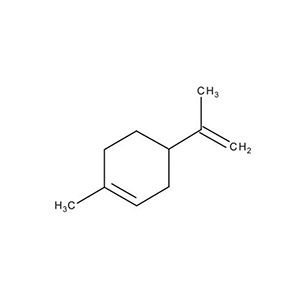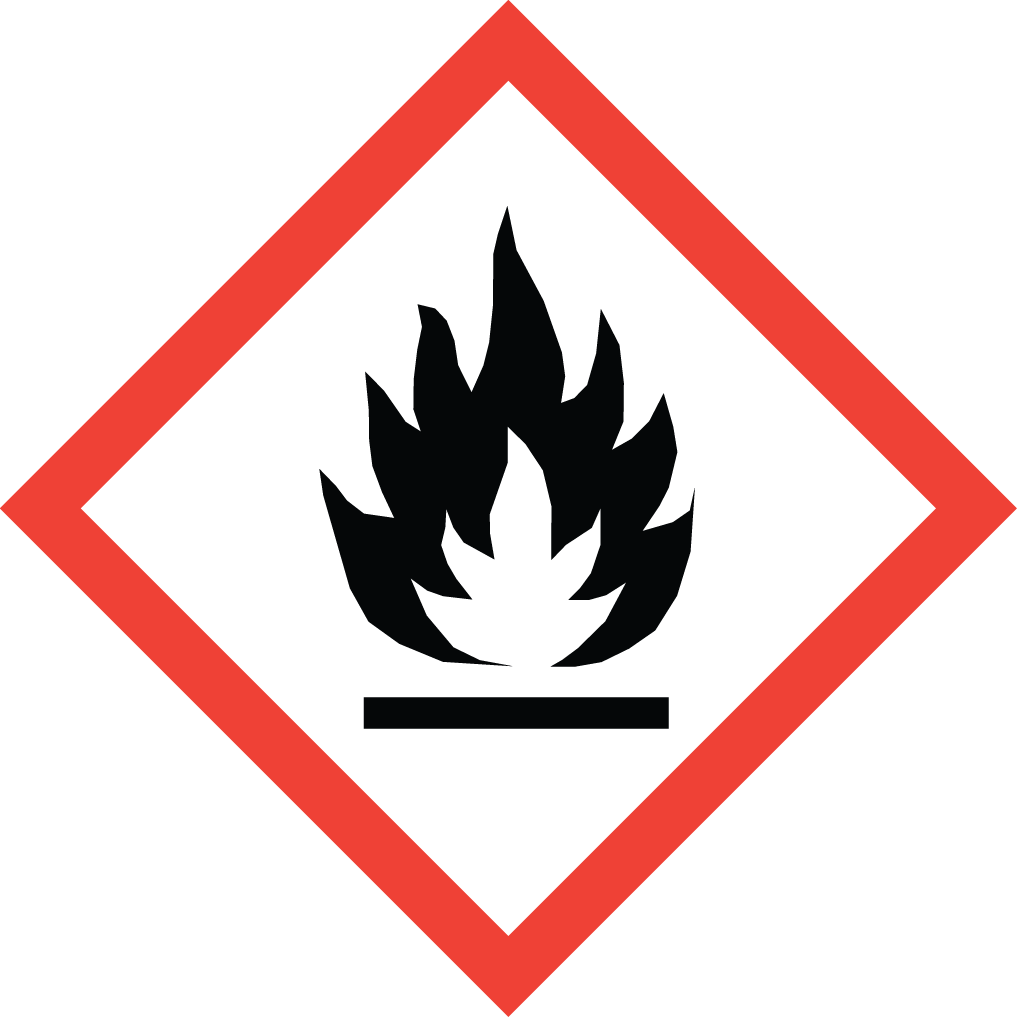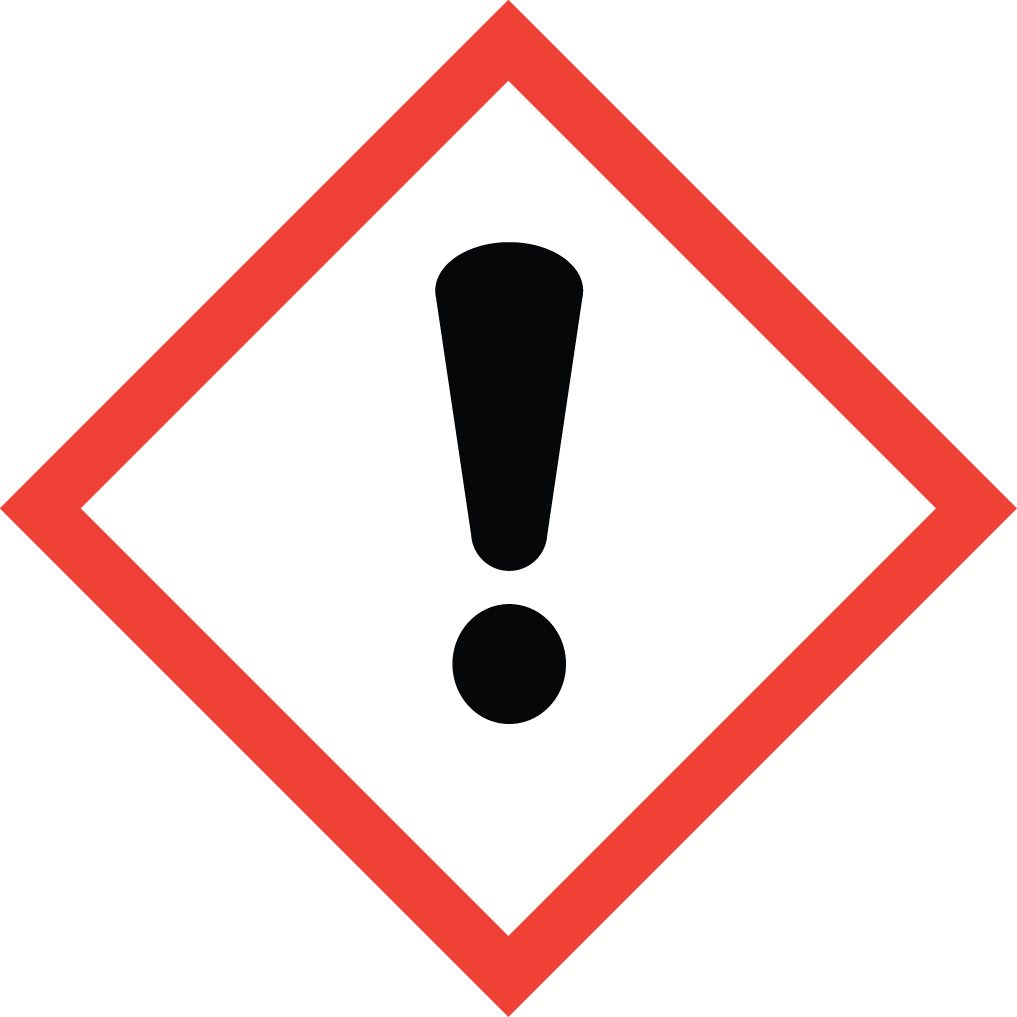Discover Aure Chemical's Premium Dipentene Supply
Aure Chemical is a leading global supplier of Dipentene, also known as DL-Limonene. This versatile cyclic terpene hydrocarbon is a racemic mixture of the D- and L-forms of Limonene. Valued for its excellent solvency, pleasant odor, and biodegradable nature, Dipentene is a preferred choice across various industries seeking effective and more environmentally conscious solutions.
Basic Information of Dipentene
Dipentene (DL-Limonene, CAS No. 138-86-3) is a colorless to pale yellow liquid with a characteristic citrus-pine odor. It combines the properties of both its D- and L-enantiomers, making it a powerful non-polar solvent and a valuable chemical building block.
| CAS No.: | 138-86-3 |
|---|
| EC No.: | 205-341-0 |
|---|
| Linear Formula: | C₁₀H₁₆ |
|---|
| Molecular Weight: | 136.23 |
|---|
| Appearance: | Colorless to Pale Yellow Liquid |
|---|
| Melting Point: | -84--104 °C |
|---|
| Boiling point | 170-180 °C (lit.) |
|---|
| Density: | 0.86 g/mL at 20 °C (lit.) |
|---|
| RIDADR: | UN 2052 3/PG 3 |
|---|
| Chemical Structure: |  |
|---|
Key Applications of Dipentene (DL-Limonene)
Dipentene's unique blend of solvency, volatility, and natural origin makes it an invaluable compound across various sectors:
Industrial Solvent & Degreaser: An effective solvent for resins, rubber, paints, inks, and adhesives. Widely used in industrial cleaning, metal degreasing, and as a strong yet biodegradable alternative to traditional petroleum-based solvents.
Cleaning Products: A key ingredient in a wide range of household and industrial cleaning formulations, including hard surface cleaners, hand cleaners, and stain removers, due to its excellent solvency and pleasant scent.
Fragrances & Flavors: Used as a component in certain fragrance compositions and as an intermediate in the synthesis of more complex aroma chemicals.
Polymer & Rubber Processing: Employed as a solvent in the manufacturing and processing of various polymers and rubber products.
Resin & Wax Dissolution: Highly effective in dissolving various natural and synthetic resins and waxes.
Chemical Synthesis: Serves as a versatile intermediate in the synthesis of other valuable chemicals and derivatives.
Aure Chemical: Your Reliable Dipentene Partner
Partnering with Aure Chemical for your Dipentene supply means benefiting from:
Consistent Quality: We ensure high purity and reliable performance for every batch through robust quality assurance protocols.
Eco-Friendly Solutions: Providing a more sustainable solvent option derived from natural sources.
Global Supply Chain: Our extensive logistics network guarantees efficient and secure supply in bulk of Dipentene to your facilities worldwide, in full compliance with international dangerous goods regulations.
Commitment to Safety & Compliance: We adhere to the highest safety standards for the handling, storage, and transportation of this flammable liquid, providing complete Safety Data Sheets (SDS) and necessary dangerous goods documentation.
Dedicated Customer Support: Our knowledgeable team is always available to provide technical insights and assist with your ordering and logistical requirements.
Hazards Classification
GHS Classification: Flammable Liquid (GHS02), Exclamation Mark (GHS07), Environmental Hazard (GHS09)
Hazard Statements: Flammable liquid and vapor; may be fatal if swallowed and enters airways; causes skin irritation; may cause an allergic skin reaction; very toxic to aquatic life with long lasting effects.
UN Number: UN 2052
Hazard Class: 3 (Flammable Liquids)
Packing Group: III
 GHS02: Flammable
GHS02: Flammable GHS07: Exclamation mark
GHS07: Exclamation mark GHS09: Environmental hazard
GHS09: Environmental hazard

